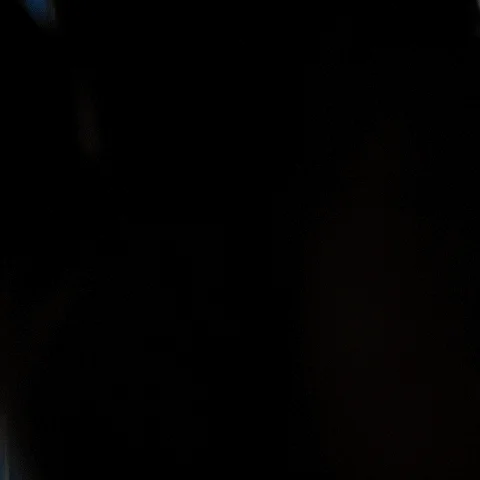
Meet Alex, a former teacher who successfully pivoted to a marketing career.
Alex's secret?
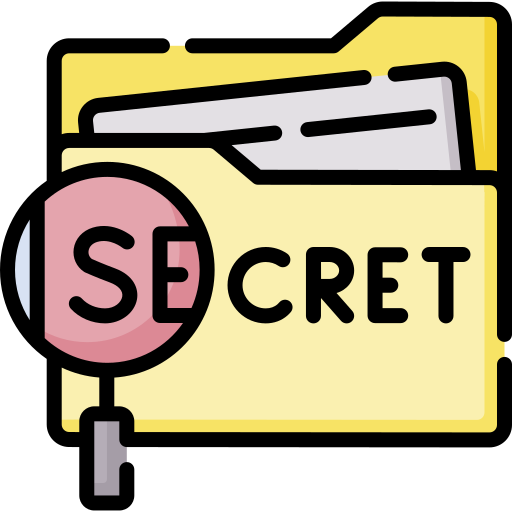
He wrote a well-crafted cover letter that highlighted his skills in communication and leadership, connecting his teaching experience to the new role in marketing.
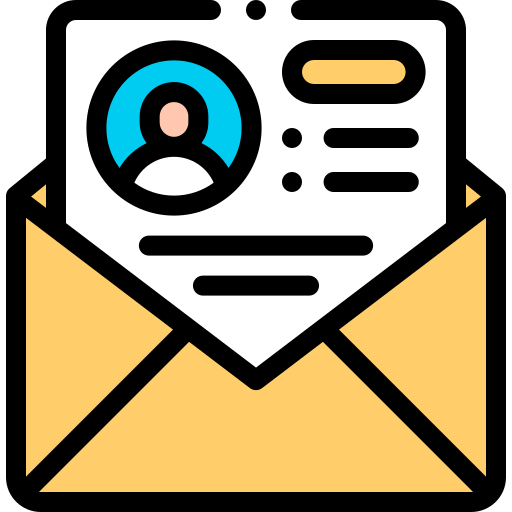
Like Alex, you can make your career change a reality using these 4 essential steps for writing an impactful cover letter.
Step 1: Understand the Employer's Perspective
To create an effective cover letter for a career change, it's crucial to understand what employers are looking for.

Research the company and the position you're applying for.
Highlight the specific skills and qualifications they seek.
Consider how you can tailor your letter to match their needs and demonstrate your dedication and suitability for the role.
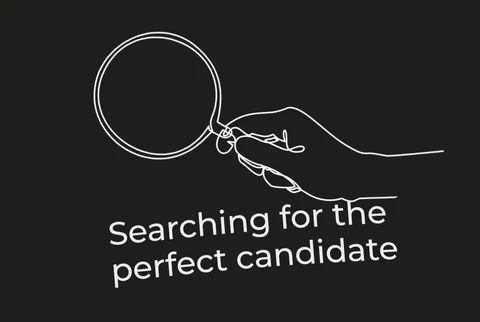
Step 2: Structure Your Cover Letter
Your cover letter should be concise, engaging, and easy to read.
 It should include:
It should include:
A strong opening
Begin with an engaging opening to capture attention.
For example: "Excited by XYZ Corp's trailblazing digital campaigns, I'm eager to contribute my marketing expertise and passion for brand innovation to the Marketing Manager role."
Briefly introduce yourself and your career change intent.
Highlight how your skills match the company's objectives.
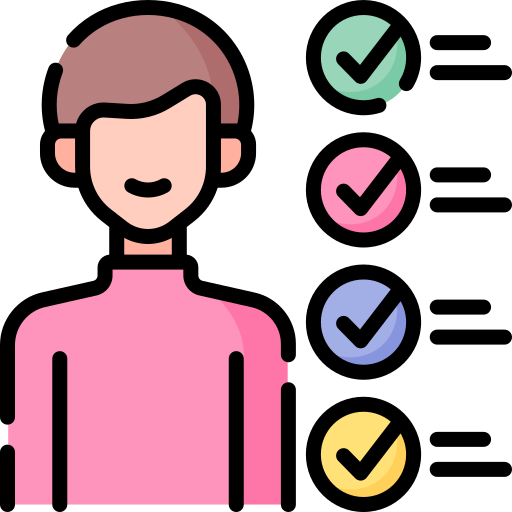
The body
Provide specific examples in your career-changing cover letter that showcase your relevant achievements, skills, and qualifications.
Keep the paragraphs concise and impactful.

Conclusion
Summarize your enthusiasm for the opportunity.
Express your desire to discuss your potential contribution further.
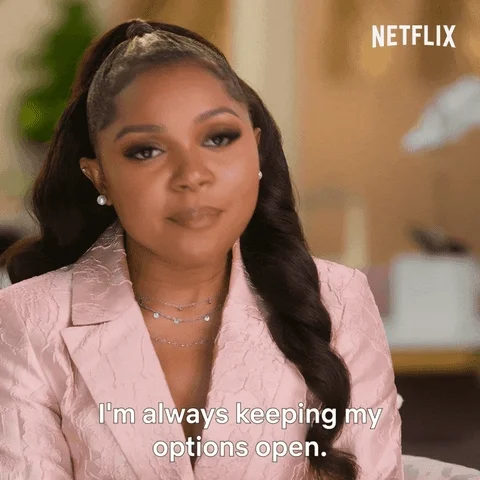
Step 3: Showcase Your Transferable Skills
Employers value transferable skills, which are abilities that can be applied to different roles or industries.

Highlight your transferable skills in your career-changing cover letter by relating them to the requirements of the new career you're pursuing.
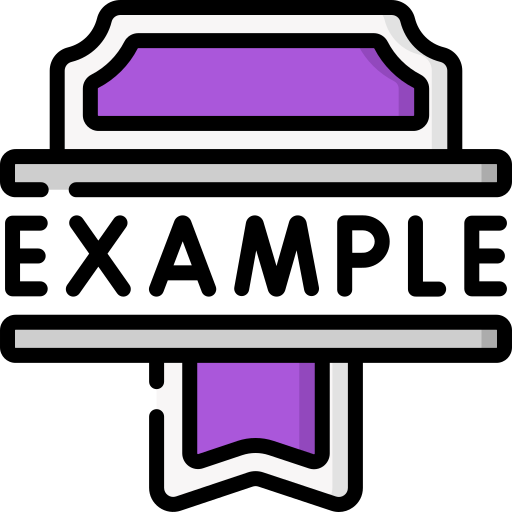
Here are 2 examples from different industries:
Education to Corporate Training
Skills: communication, leadership, content creation
Use: leveraging teaching skills for effective corporate training programs and employee development
A teacher transitioning into corporate training could write:
I have 10 years' experience creating learning content and delivering face-to-face training. Additionally, this extensive experience in education has honed my adeptness in empathetic communication, fostering collaboration, and leading with inspiration, skills that are crucial for engaging and motivating corporate teams.
Retail Management to Human Resources
Skills: team management, conflict resolution
Use: Applying conflict handling from retail to improve HR's employee relations and team dynamics
A retail manager moving into human resources could write:
With over 8 years in retail management, I have developed strong capabilities in team leadership and conflict resolution. My experience in addressing diverse customer and staff challenges equips me with unique insights into employee relations, vital for fostering a positive and productive workplace in human resources.
Step 4: Craft Your Career Change Cover Letter
Put your knowledge into ACTION!
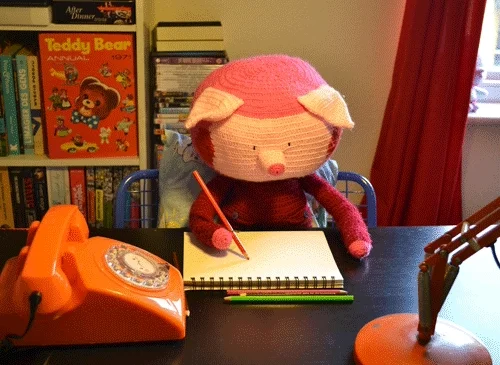
Spend some time drafting your career change cover letter, incorporating the tips and techniques discussed.
Remember to proofread your letter for any grammar or spelling errors.
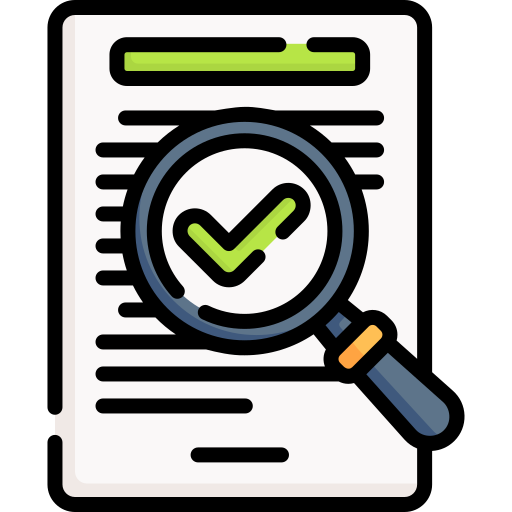
Use online resources or seek feedback from friends or professionals to enhance the quality of your cover letter.
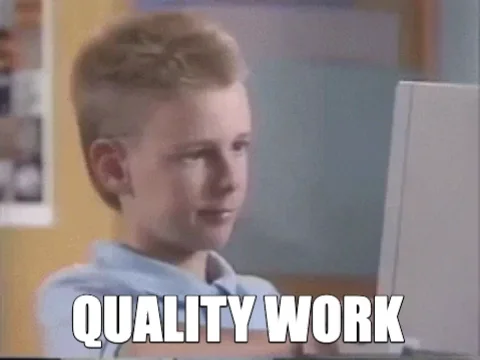
Quiz
Imagine you're transitioning from a graphic design role to a marketing one. You've researched the new company and are ready to write your cover letter. What should your first step be in crafting this letter?
Take Action
By effectively tailoring your cover letter to showcase your skills and experiences, you're on your way to making a successful career transition.
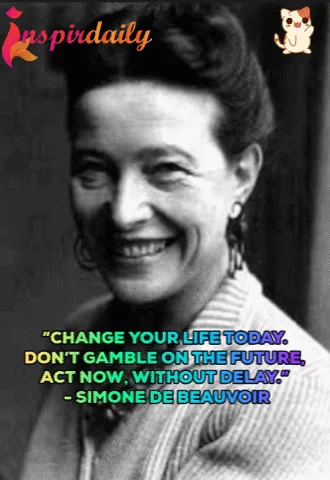

Follow these tips:
Your feedback matters to us.
This Byte helped me better understand the topic.
